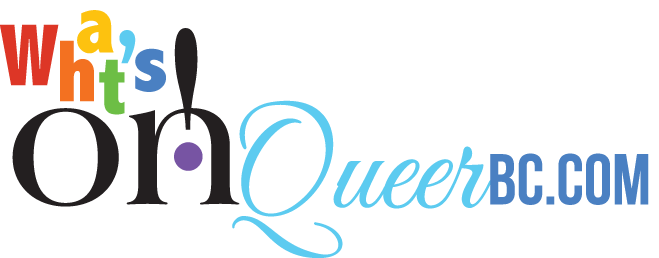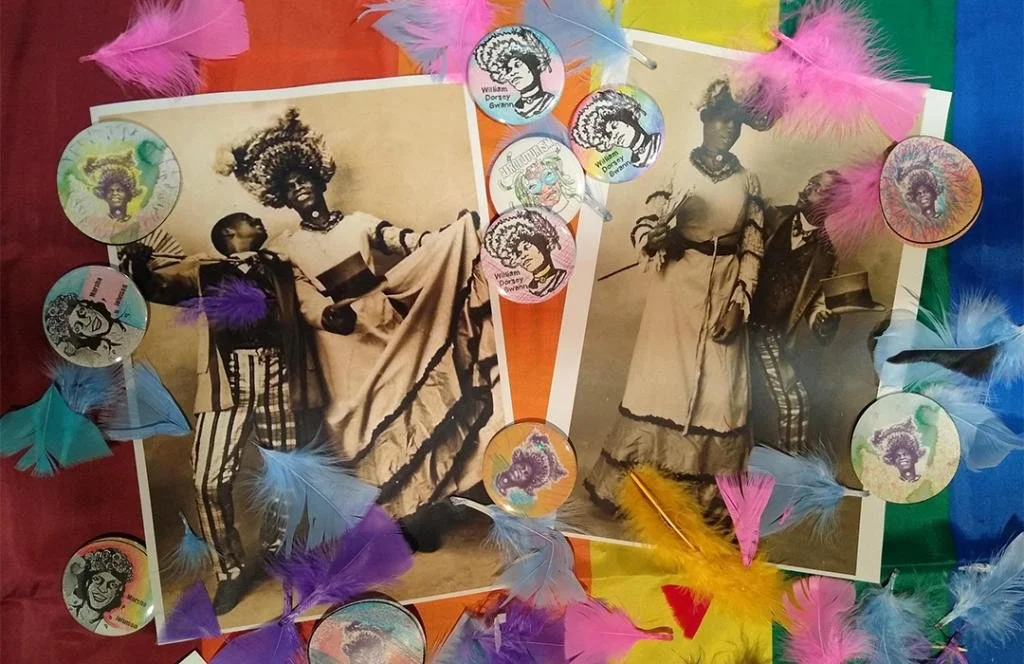Reclaiming the Crown: The Evolution of 'Queen' in LGBTQ+ Culture
Photo Source: Liverpool Museums
The term "queen" within the LGBTQ+ community is one of the most well known examples of how language can be transformed and reclaimed by those it was once used to marginalize.
by Jude Goodwin - The word “Queen” and its variations was originally a slur used to mock or belittle individuals within the queer community. The reclamation Queen has stripped the negative power from the word and turned it into a symbol of empowerment, self-acceptance, and solidarity.
Let’s take a look at the origins of the word, and here are some interesting tidbits as well!
The Complexity of Reclaimed Language
While the reclamation of "queen" and other terms has been great for many, it also puts a spotlight on the complexities or reclaimed language especially slurs. For some within the queer community, these terms can still carry the sting of their original intent, depending on who uses them and in what context. The positive use of such terms by those within the community can be a source of strength, but their use by outsiders without understanding or respect can still cause harm. In other words, queers can call their queer friends queer but if someone were to say it in a sneer as they walked by or if it were to be shouted from a passing vehicle, this would not be the same at all. Some words we are in the process of reclaiming are queen, queer, gay, lesbo, dyke and even fag although that’s not a word we hear much in Vancouver. In many cases, if you’re not sure, as Cheves notes in his article in the Advocate (linked below) “Everyone is free to call themselves what they want, but you can’t call someone else whatever you want — especially not a slur.”
This all stresses the importance of context, intent, and identity in the use of reclaimed language. It's a reminder that the words we choose to use matter, and their impact can vary greatly depending on our relationship to them.
“Queen is the poster child of slur reclamation.” 21 Words the Queer Community Has Reclaimed (and Some We Haven't) by Alexander Cheves The Advocate:
Early Queens: The story of William Dorsey Swann
In the late 1880s, William Dorsey Swann, a man who had escaped the bonds of slavery, began to organize private gatherings in Washington, D.C., known as "drags," possibly named after the old term "grand rag," used for masquerade balls. These clandestine events quickly drew the attention of local law enforcement.
A 1888 Washington Post article describes Swann in a striking cream-colored satin dress, attempting to block police from entering his event.
Historian Channing Gerard Joseph discovered the article in 2005 and set out on a dedicated journey to delve into Swann’s life and the early days of drag culture in America. His findings are detailed in his 2006 book, "House of Swann: Where Slaves Became Queens—and Changed the World," which paints a vivid picture of the country's earliest known drag queen, whom he celebrates as the "first queer American hero." The book seems out of print at the moment, but keep your eyes out in your favourite used book store!
Joseph’s research highlights the real, lived experiences of queer individuals from the past, meticulously documented and brought to light rather than merely speculated upon. His work pinpoints the origins of the term "drag queen."
Historical accounts, such as a January 1887 report in the Washington Critic, recount law enforcement officers' surprise during a raid to find six Black men in "elegant female attire," complete with "corsets, bustles, long hose and slippers." Another report from the Evening Star in April described a similar raid where men were dressed in "female attire of many colors" and "gaudy silk and satin costumes." In both instances, the attendees were arrested and accused of being "suspicious characters.".
Source: Smithsonian Magazine.
Queen of Drag
Drag culture has gained significant visibility through television shows like "RuPaul's Drag Race," where the term "queen" is central to the identity of the contestants and the culture of the show. This exposure has introduced the empowering aspects of drag and the term "queen" to a global audience, helping to it to claim its place in mainstream culture.
Drag queens, with their flamboyant costumes and theatrical performances are iconic figures within the LGBTQ+ community and beyond. As drag culture gains visibility through events, performances and even storytimes and even bingo, the term "queen" has become linked with the LGBTQ+ movement as a whole.
Beyond Drag: A Broader Symbol
While "queen" remains closely associated with drag culture, its use has broadened over the years to encompass a wider range of identities and expressions within the LGBTQ+ community - a term of empowerment and affirmation for many, regardless of their gender identity or expression. This evolution reflects the community's ongoing efforts to redefine traditional concepts of gender and sexuality, making "queen" a versatile and inclusive term. In the face of discrimination, violence, and the AIDS crisis, queens have often been at the forefront of activism and care, using their visibility and voices to fight for rights, raise awareness, and support those in need.
And ‘Queen’ encompasses a range of identities within the community—drag queens, gym queens, leather queens, and more—each with their own unique subculture and sense of belonging. While some variations of "queen" have fallen out of favour in modern times due to their offensive implications, the core term remains a powerful expression of identity.
The evolution of "queen" from a slur to one of empowerment illustrates the dynamic nature of language and identity within the LGBTQ+ community. It's a story of resilience, a testament to the power of reclamation, and a reflection of the ongoing journey towards greater acceptance and understanding. As society continues to evolve, so too will the language we use to define ourselves, with "queen" standing as a proud marker of how far we've come.

